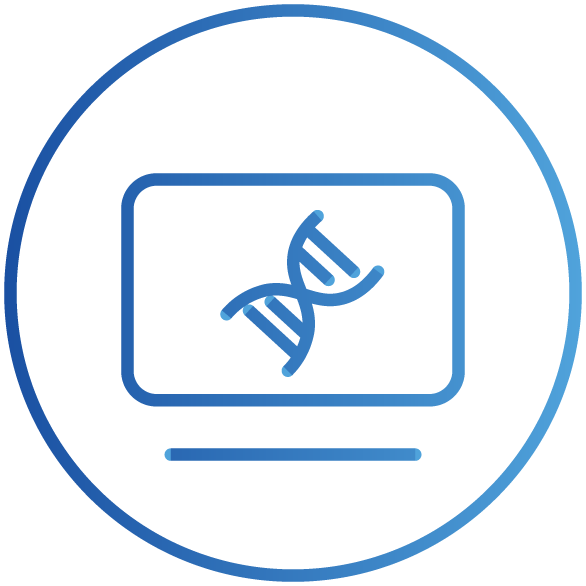Cell Culture Media Is A Platform For Customized Development
Cell culture media is a nutrient broth which contains essential nutrients and growth factors that are needed for cell growth and maintenance. It is typically composed of a balanced mixture of carbohydrates, proteins, lipids, minerals, vitamins, and growth factors. The media also provides a favorable environment for the cells to thrive in, such as optimal pH, osmotic pressure, and temperature. The media may also contain antibiotics to prevent bacterial or fungal contamination, and other additives to enhance the growth of specific cell types. Cell culture media is used in a variety of research and medical applications, such as tissue engineering, drug discovery, and cancer research.
Stem Sell Culture Media
Stem cell culture media usually consists of a combination of a basal medium, such as Dulbecco’s Modified Eagle Medium (DMEM) or RPMI-1640, and a serum supplement, such as fetal bovine serum (FBS). The basal medium provides essential nutrients and vitamins, whereas the serum supplement adds growth factors, such as insulin, transferrin and selenium. Additionally, stem cell culture media may contain antibiotics, such as penicillin, to prevent contamination by bacteria. In some cases, additional supplements, such as recombinant growth factors, may be added to the culture media to enhance stem cell growth or differentiation.
Human Embryonic Stem Cell
Embryonic stem cells (ESCs) are stem cells derived from the inner cell mass of a blastocyst, an early-stage preimplantation embryo. Human ESCs are referred to as hESCs. They are pluripotent, meaning they are able to differentiate into all cell types of the three primary germ layers: ectoderm, endoderm and mesoderm. They are an invaluable tool for studying developmental biology, and their potential use in regenerative medicine to treat a wide range of diseases has been the focus of a great deal of research.











